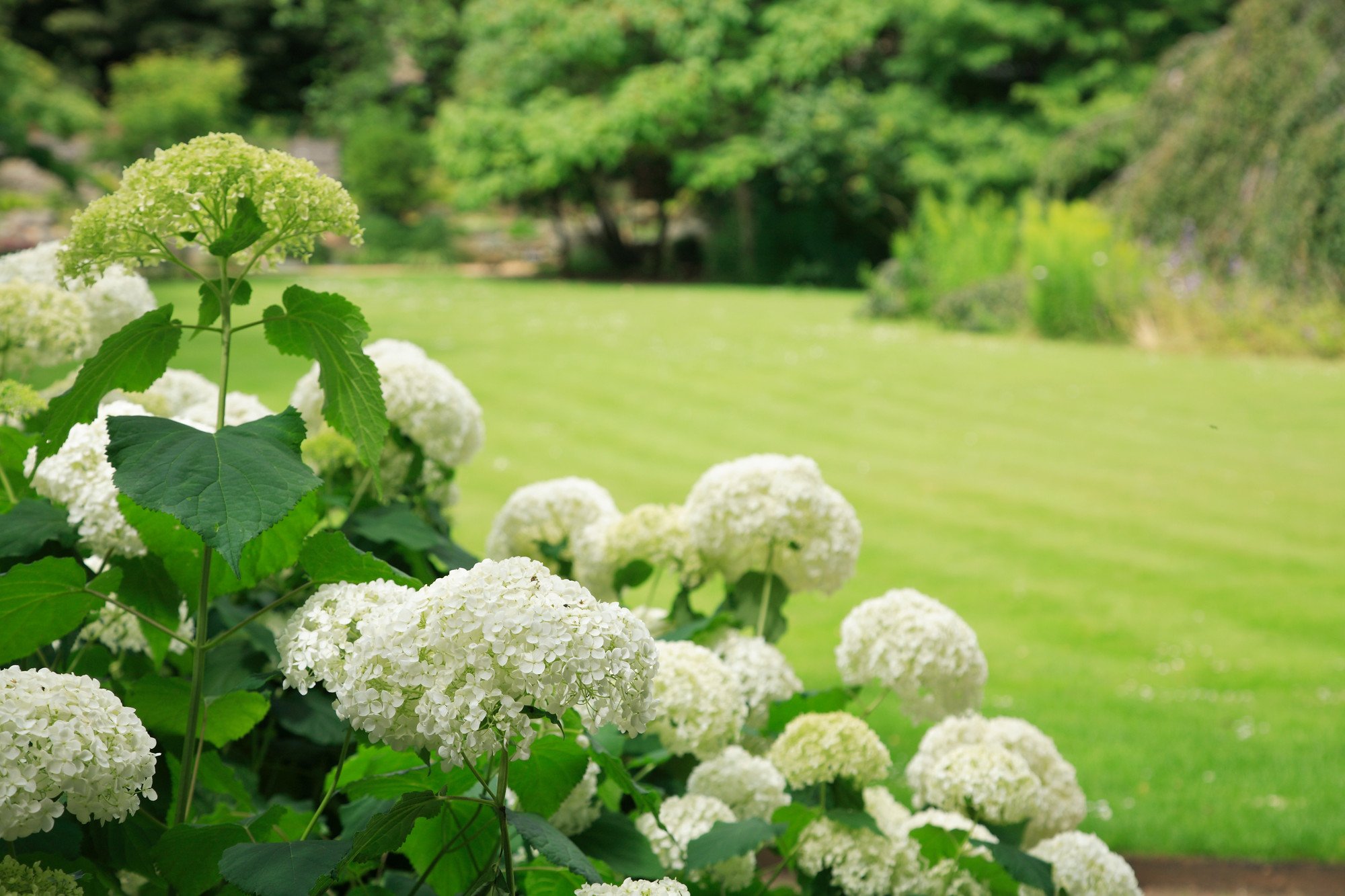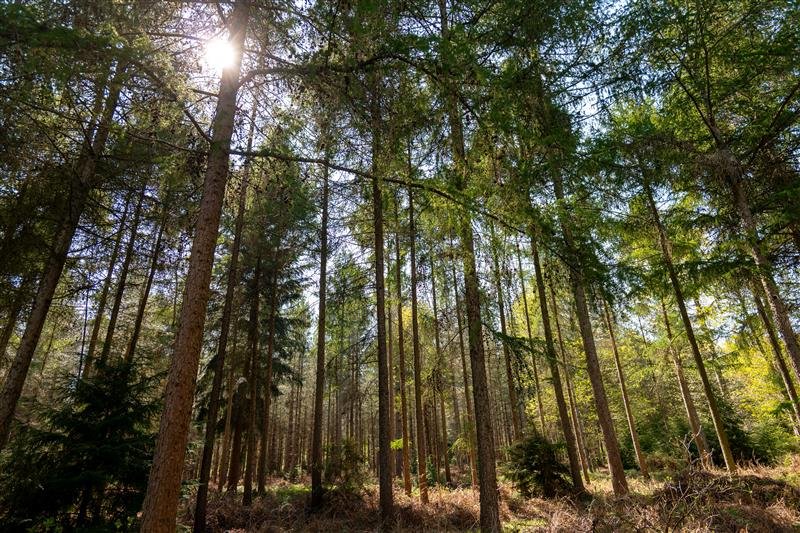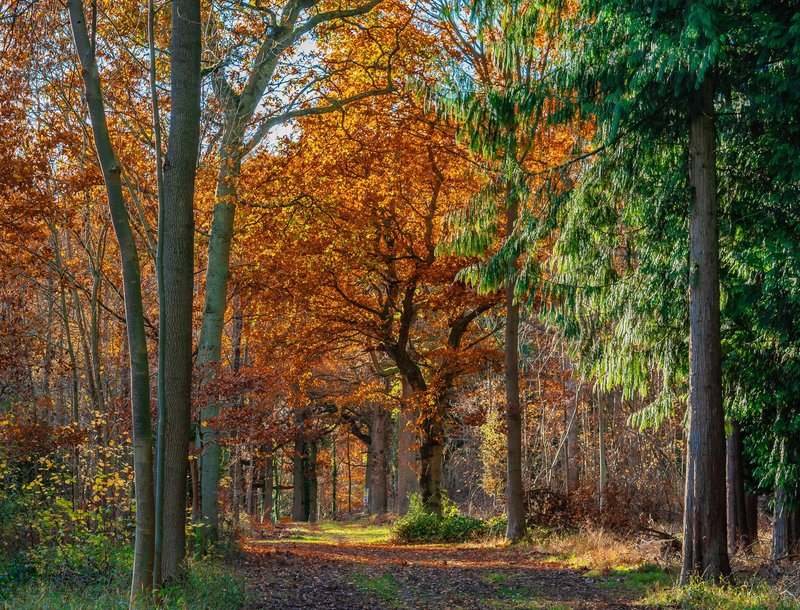Environmental Sustainability


Everyone has an important part to play in combatting this global crisis, and the College is committed to reducing its impact on the natural environment to ensure that our day-to-day operations, our buildings, and our overall strategy put environmental sustainability at the centre of all we do.
Below we outline some of our sustainability initiatives, including our Sustainability Working Group. This page will be regularly updated with the latest news from the group, so check back to keep up to date with their progress.
The Sustainability working group was set up to take forward the development of an environmental sustainability plan. The group considered key areas of College operations and activities to identify where and how we can act to reduce our carbon footprint, increase biodiversity and set targets. The work of the group was informed by the Masterplan consultants, our land agents Savills, the University’s environmental sustainability strategy, and the College’s own baseline assessment of its carbon footprint.
The working group is responsible for monitoring progress against our ten areas of priority and setting annual targets. Our environmental sustainability plan will be regularly updated to report on progress and activities. You can read the 2025 plan here, including a progress report on what has been achieved in the last 12 months.
Oxford University Student Union (OUSU) has published sustainability demands of Oxford colleges to be achieved by March 2023. This note sets out the response of St John’s College to the demands.
In February 2022 we held the first meeting of the College’s Sustainability Working Group. The group is made up of representatives from across the St John’s community, including professional staff, students, Fellows, Bainton Road Nursery and subsidiary companies.
The group’s initial aim is to develop an environmental sustainability plan for the College, starting with examining college operations before expanding to consider our broader commercial property and agricultural portfolios. This work will contribute to the College’s overarching Environmental, Social and Governance (ESG) policy, which will consider College operations from a more general sustainability standpoint.
We are keen to hear the thoughts of the wider College community on how to make St John’s a more sustainable place to live and work. Students can contact their JCR and MCR Environment and Ethics Officers, and Fellows and staff can contact the bursary.manager@sjc.ox.ac.uk. Alumni are also welcome to contact us with their thoughts.
Carbon reporting
Greener Edge was commissioned to help us with our carbon footprint inventory for the reporting period 1 August 2022 – 31 July 2023, a summary can be found here.
It shows that we have made good progress against our 2018/19 baseline assessment in reducing our emissions: 27% in scope 1 and 2 emissions and 25% in scope 3 emissions, largely as a result of removing fossil fuel holdings from the investment portfolio.
In May 2022, the Staff and Sustainability Representatives ran the first annual St John's Sustainability Survey for staff, students and Fellows. The results of the survey will be used to inform the Working Group's actions moving forward.
You can read a summary of the results from the survey here.
We have designed College’s newest buildings with the environment in mind.
Kendrew Quadrangle
Kendrew Quadrangle, completed in 2008, includes solar panels along the roof of the east and west sections of the building, together with a biomass boiler for hot water generation. Geothermal heat pumps are installed for the underfloor heating and air conditioning, and low-energy lighting provided throughout. The north roof section consists of an array of photovoltaic panels (PV) to generate electricity for use within Kendrew Quad. The building won an Oxford City Council David Steel Sustainable Buildings Award, which recognises sustainable building developments in Oxford.
Library and Study Centre
Our Library and Study Centre incorporates passive environmental control measures designed to reduce the new building's energy consumption with an emphasis on natural ventilation and daylighting. Heating is provided by ground-source heat pumps, and a total of 40Kw photovoltaic panels on the roof.
18 Bardwell Road
18 Bardwell Road is a large three-storey detached building in North Oxford, previously occupied by St Clare’s College which reverted back to St John’s in 2021. The building was a mixture of office and teaching space configured as 25 classrooms. The College’s aim was to refurbish and convert it for student accommodation to provide 20 graduate en suite bedrooms, with shared kitchens, including wheelchair accessible rooms.
The building sits within the North Oxford Victorian Suburb Conservation Area which creates particular challenges, yet the College were keen to create an exemplar for how Victorian buildings can be sensitively refurbished whilst significantly improving their energy efficiency and in doing so reduce their reliance upon fossil fuels and lower their carbon emissions. To this end TSH Architects with experience of low energy and Passivhaus design, and working with historic buildings were appointed to take the designs forward.
To meet the College’s intention of reducing carbon a number of measures had been allowed for as part of the design:
Insulation – Insulation installed to all external walls internally, which will dramatically improve the thermal performance from a U-Value of ~2W/m2K to ~0.6W/m2K whilst allowing the walls to ‘breathe’ as Victorian buildings where designed to do. In addition insulation has been installed in the roof voids.
Secondary glazing – The existing Victorian Sash windows allow for significant heat loss to occur through drafty unsealed, single glazed windows. Following extensive research and in line with official recommended guidance published by Historic England (Energy Efficiency and Historic Buildings: Secondary glazing for windows, April 2016), the strategy to improve the energy inefficiency of the existing windows was to install secondary internal glazing. The existing Victorian sash windows have been retained and refurbished in order that their appearance remains as existing. The secondary glazing will then significantly improve the thermal efficiency of the windows from ~4.8W/m2K to ~1.8W/m2k and reduce the risk of damage potentially caused by condensation and damp prevalent in single glazed windows.
Air Source Heat Pumps (ASHP) – In order to reduce the buildings reliance upon gas fired boilers and the carbon emissions associated with them, Air Source Heat Pumps have been installed to generate the heating and hot water for the building. No gas boilers have been installed in the building.
LED lighting – LED lighting has been installed throughout the building.
Photovoltaics – The orientation of the rear of 18 Bardwell Road, facing nigh on due South allows for the possibility of not insignificant power generation through the use of photovoltaic panels. The estimated annual generation through the use of PV is 7471 kWh/a. The estimated annual energy usage of this building is approx 45,000kWh. On this basis the PV arrays are expected to help generate approximately 16% of the building’s annual energy use. Furthermore, the PVs will assist in reducing the CO2 by 71.64 tonnes over a 20-year period. In an attempt to mitigate any harm caused by the visual appearance of the panels, an ‘Integrated PV panel’ system has been installed which sits flush with the adjacent Red clay roof tile.
Bagley Woods
In 2021 the College installed an array of 24 10kW PV panels on the south facing roof of the old sawmill building at Bagley Woods. In addition to the PV panels a 10kW battery storage unit has been installed which allows the generated electricity to be used throughout the day and night and not just when sunlight is available. This also powers the electric vehicle charging point which was provided as part of the project.
For any questions about these projects please contact the Works Bursar at works.bursar@sjc.ox.ac.uk.
In September 2021 St John’s was delighted to welcome Dr Jessica Omukuti as our first ever Net Zero Fellow. Jessica is a Research Fellow on Inclusive Net Zero for the Oxford Net Zero Initiative, and sits on the College’s Sustainability Working Group as one of three Fellow representatives. You can find out more about Jessica and her work here.
St John's is committed to maintaining its good stewardship of Bagley Wood: a beautiful and ancient 568-acre woodland near Kennington on the edge of Oxford. St John's has owned most of the wood since 1557, just two years after the College was founded.

Heather Bouman, Professor of Biogeochemistry, serves as Keeper of Bagley Wood. Professor Bouman works closely with St John's woodsmen as well as an external Forestry Consultant to protect the woodland against threats from pests, disease, and climate change. Managing these threats is integral to the College's environmental, commercial, and social objectives in the woodland.
In 2019, Bagley Wood received a silver medal in the Duke of Cornwall's Award for Resilient Multi-purpose Forestry. Details of this award can be found here.
As part of the College's stewardship of Bagley Wood and commitment to public safety, it is sometimes necessary to fell trees in the woodland. In 2025, a significant number of trees in Bagley Wood were identified as being affected by Ash Dieback, a serious disease that weakens and eventually kills ash trees. Unfortunately, these trees pose a risk to public safety due to the potential for falling branches or complete tree failure.
While the decision to remove trees is never taken lightly, felling these diseased ash trees is necessary to ensure the safety of residents and visitors. Felling works are currently scheduled to start at the beginning of June 2025.
Following the felling works, the College will be implementing a comprehensive replanting programme in the felled area. This will include the introduction of a diverse mix of native and resilient tree species, carefully selected to enhance local biodiversity and improve the long-term health of the woodland. By increasing species diversity, we aim to create a more robust and sustainable landscape that can better withstand future environmental challenges.

St John’s is a member of the Berkshire, Buckinghamshire & Oxfordshire Wildlife Trust (BBWOT) Investors in Wildlife programme.
